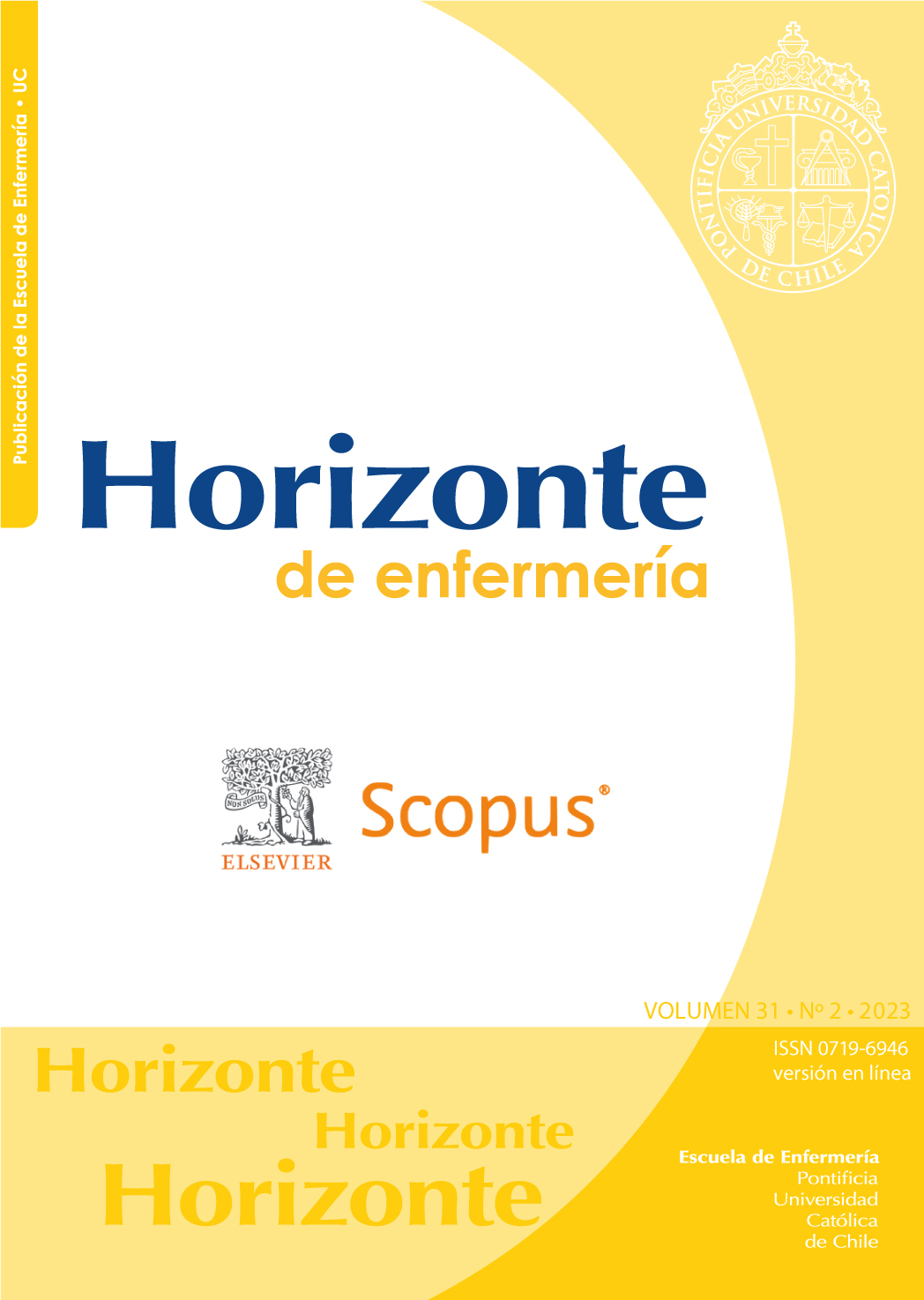SATISFACCIÓN LABORAL EN EL PERSONAL DE ENFERMERÍA DE UN HOSPITAL DE SEGUNDO NIVEL
Contenido principal del artículo
Resumen
INTRODUCCIÓN. La satisfacción laboral se considera un indicador clave de la atención de calidad por lo tanto el personal de enfermería debe estar inmerso en un ambiente laboral positivo que impacte en su desarrollo profesional y en la atención que proporciona. OBJETIVO. Determinar la satisfacción laboral del personal de enfermería en un hospital de segundo nivel. METODOLOGÍA. Estudio cuantitativo, descriptivo y transversal en una muestra de 92 enfermeras(os) de los servicios de hospitalización de un hospital de segundo nivel. Se aplicó una cédula de datos sociodemográficos y laborales y el cuestionario Font-Roja, versión ampliada, se utilizó el programa SPSS versión 24 para el análisis de los datos mediante estadística descriptiva. RESULTADOS. La media de edad de los participantes fue de 38,9 años (DE = 10,2), respecto al sexo predominó el femenino (77,2%). El 84,8% del personal de enfermería se encuentra satisfecho laboralmente, seguido por el 14,1% como insatisfecho y solo el 1,1% como medianamente satisfecho. Los factores con mayor satisfacción laboral fueron presión en el trabajo (M= 3,6, DE= 0,61), seguido por relación interpersonal con sus superiores (M= 3,6, DE= 0,82) y satisfacción por el trabajo (M= 3,5, DE= 0,71). CONCLUSIONES. El personal de enfermería se encuentra satisfecho con su trabajo, pero es importante explorar a profundidad los factores que pueden influir y repercutir en su actividad profesional.
Descargas
Detalles del artículo

Esta obra está bajo una licencia internacional Creative Commons Atribución-NoComercial-SinDerivadas 4.0.
